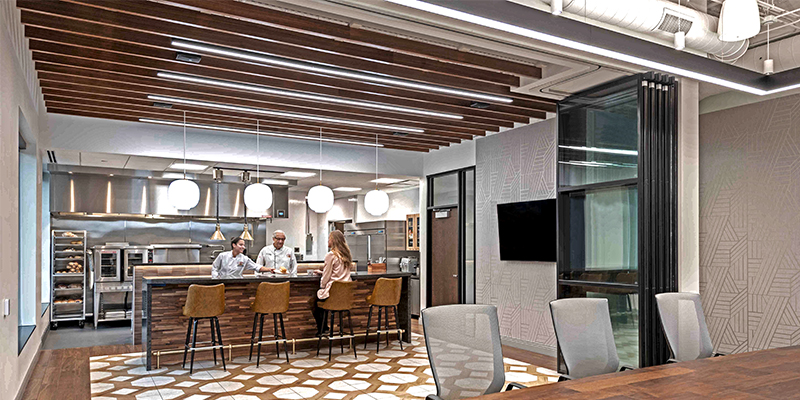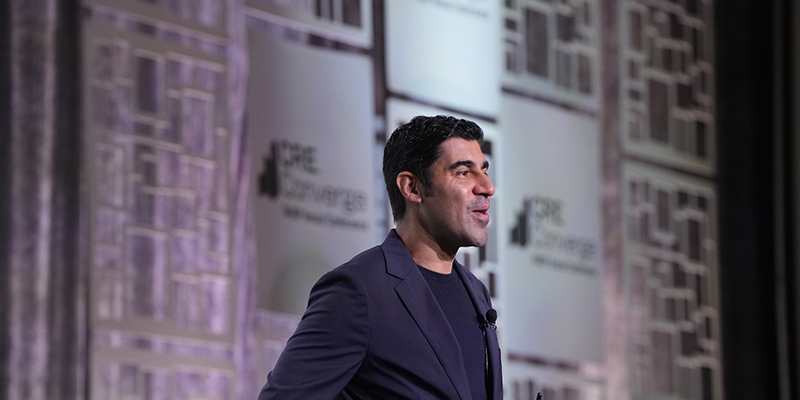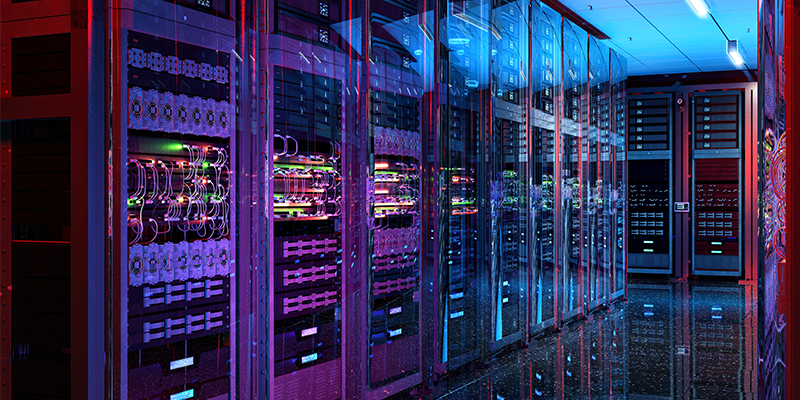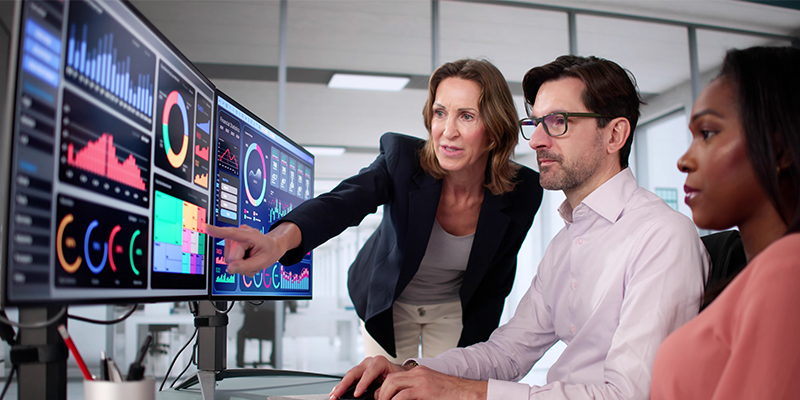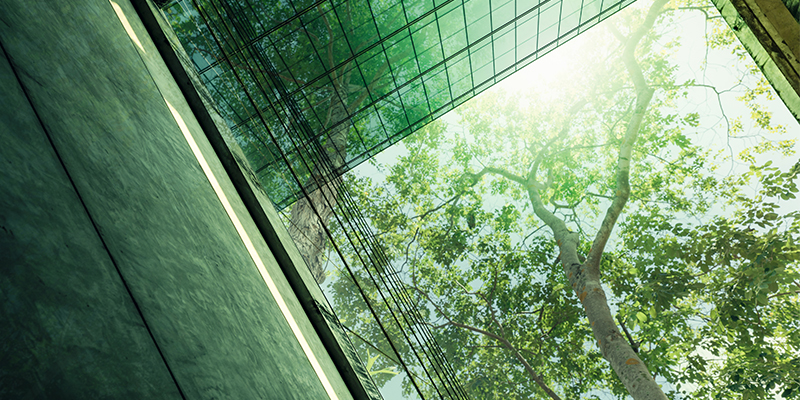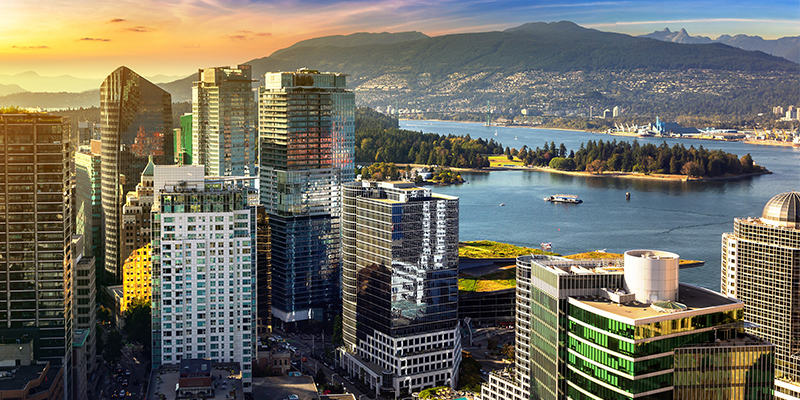Effective workplace design has never been about simply making an office look nice; it’s about supporting and inspiring those who will move within and around it. Now, a historic pandemic is highlighting a new opportunity for flourishing companies whose space needs have changed: To invest in build- or redevelop-to-suit design projects that enable them to manage the health and wellness aspects of their space – during a time when both are paramount.
The ability to choose building specifications inherently gives companies greater control over features like advanced air circulation and touchless doors. By investing in these and other health and wellness elements, companies can help meet long-term disease containment goals as well as show they value their employees.
A totally customized project can also help them empower a newly flexible workforce. After months of relative isolation, many knowledge workers are itching to come back to in-person work – but will continue to value the freedom to work from home occasionally, too. A custom-crafted, destination office can support employees equally wherever they may be, providing a dynamic environment for satisfying in-person work complete with the health and wellness measures teams may need to feel safe and supported through and beyond 2021.
Inspire teams with a healthy workplace designed to help them thrive
Few companies have cookie-cutter real estate needs, so creating a healthy, vibrant workplace in a post-COVID world will be a highly customized process. Even in a tenant-friendly office market, the right configuration where and when you need it simply may not be available. One way forward? A build-to-suit or redevelop-to-suit workplace, molded to fit an organization’s specific culture and values.
In a traditional build-to-suit office, the building will be built from the ground up, in strict adherence to specifications tailored to the company that will be using that space. These specifications serve short- and long-term goals alike, considering also the investors who might buy the building sometime down the road.
Now, in a somewhat more economical twist on this tailored approach, some companies are discovering another way to achieve a custom work environment: the redevelop-to-suit. In either scenario, creating a new workplace environment from scratch brings a variety of health and wellness-related advantages, including:
- Heightened health and wellness elements. A customized approach enables companies to provide health and safety features like touchless doors and elevator cars, underscoring pandemic-related concern for employee health and comfort. It also brings fresh opportunity to invest in new wellness initiatives like a meditation room or comfortable employee lounge.
- Greater control. Starting from scratch gives companies more control over the size, location and design of their buildings, from curtain wall to interior floor coverings to hygienic material selection. For Centene Corporation, for example, building a custom-designed 150,000-square-foot office building proved the best way to meet important security and privacy goals – both of which play a role in employee well-being.
- Responsive, outcome-driven design. A well-designed build- or redevelop-to-suit workplace supports a company’s workflows, culture, brand and employee engagement goals to meet employees where they are. Turano Baking Company, for instance, created a corporate headquarters building that reflected the unique values of the family-owned and -operated business. Part of this initiative meant bringing in more natural light, adding significant health and wellness value.
- Long-term value. With the right design partners, the developer and/or owners can make sure the space is not only right for them, but also has the power to attract future investors, too. Many of today’s prize wellness features will stand the test of time when it comes to sparking future investor attention, from spas to ample green space.
- Energy savings and sustainability features. A build- or redevelop-to-suit project can include sophisticated, energy-efficient building systems that curb long-term operating and occupancy costs, while adding to important sustainability goals. It can also support pursuit of LEED, Green Globes or other certifications – many of which have correlating health and wellness impacts.
Unlikely timing, or rare opportunity?
It may be hard to imagine investing in a major building or renovation project amidst the upheaval of COVID-19. But there is an economic case to be made for build- or redevelop-to-suit projects in the right circumstances.
For starters, a build-to-suit tenant can be a meaningful partner in funding property features that add to future marketability. When Central States Pension Funds specified a parking garage with an above-average number of spaces, for example, the developer embraced the decision, seeing generous parking as a potential leasing differentiator down the line.
A company can also value-engineer its rental rate, when partnered with an architect firm that understands the economics. Case in point: As part of a 162,000-square-foot build-to-suit project for a global financial services company in the northwest Chicago suburb Arlington Heights, our architectural and interior design firm, Wright Heerema Architects, was able to uncover a way to add a mere 1.5 feet to the exterior column bay – which in turn increased potential occupancy by 25%, for only a 3% increase in rent.
Achieving a safer, more inviting destination workplace
For a custom project to deliver on a range of goals including health and wellness, it’s important to work with a design firm that understands the perspective of tenants, developers and future investors alike.
Any successful build- or redevelop-to-suit depends on taking a holistic perspective of the building from the outside, in: How will each design specification uniquely serve the needs of the company that will occupy the space? Which health and wellness features will best support employees now and into the future?
In the end a custom build or renovation does more than improve office value or meet baseline health requirements. It offers an opportunity for organizations to shape safe, engaging destinations for their most precious resources: their people.
Featured photo of Turano Baking Company courtesy of Wright Heerema Architects.
This is the third piece in a series adapted from Wright Heerema Architects’ free ebook, The Destination Workplace. Read part one: Life Sciences Innovators Need Inspired Workplaces and part two: Making the Office a Community-driven Workplace Destination.

